LICORICE ROOT*
$12.00
Out of stock
Description
For detail please check under section of the concentrated herb
at this website.
DESCRIPTION:
Root of Blycyrrhiza uralensis Roots cylindrical, 25~100cm long, 0.6~3.5 cm in diameter. The outer bark loose or tight, Externally reddish-brown or greyish-brown, obviously longitudinally wrinkled, furrowed, lenticellate, and with sparse rootlet scars. Texture compact, fracture slightly fibrous, yellowish-white, starchy, cambium ring distinct, rays radiate, some with clefts. Rhizomes cylindrical, externally with bud scars, pith present in the centre of fracture. Odour, slight; taste, sweet and characteristic.
Root of Glycyrrhiza inflata Roots and rhizomes woody and stout, some branched. The out bark not rough, mostly greyish-brown. Texture compact, more lignified fibres and less starchy. Rhizomes with more and large adventitious buds.
Root of Glycyrrhiza glabra Texture of root and rhizomes relatively compact, some branched, the outer bark not rough, mostly greyish-brown, lenticels small and indistinct.
ACTION:
To reinforce the function of the spleen and replenish qi, to remove heat and counteract toxicity, to dispel phlegm and relieve cough, to alleviate spasmodic pain, and to moderate drug actions.
INDICATIONS:
Weakness of the spleen and the stomach marked by lassitude and weakness; cardiac palpitation and shortness of breath; cough with much phlegm; spasmodic pain in the epigastrium, abdomen and limbs; carbuncles and sores. It is often used for reducing the toxic or drastic actions of other drugs.
REFERENTIAL ADVICE:
1. Tonifying the spleen and moistening the lung.
It is efficacious in the treatment of syndromes due to deficiency of qi in the spleen and stomach and cough with dyspnea.
2. Supplementing qi and restoring pulse.
It is prescribed to treat insufficiency of blood and deficiency of qi, manifested as spontaneous sweating, palpitation, and knotted and intermittent pulses.
3. Relieving spasm and pain.
It is applied in the treatment of stomachache, abdominal pain and spasm and pain and spasm and pain of muscles.
4. Clearing away heat and toxic substances.
It is often used to treat phylogenic infections, e.g. carbuncles, deep-rooted carbuncles, furuncles, multiple abscesses, scrofula, ulcer, sore throat, etc. It is also efficacious in the treatment of pesticides poisoning and food poisoning.
5. Coordinating the actions of various ingredients in a prescription.
In a prescription, many medicinal matters are mixed together. Radix Glycyrrhizae has the function of reducing or relieving deviation or toxicity of other medicinal matters in a prescription.
Raw Radix Glycyrrhizae has stronger actions in purging intense heat, detoxicating, moistening the lung and relieving cough. And it is often prescribed in the treatment of sore throat, food poisoning and in relieving poisonous action of any drug.
TIPS:
This is the most commonly used Chinese herb, appearing in almost all precriptions; it benefits all the organs; its flavour improves the taste of all precriptions; it slows and prolongs the effects of strong tonic precriptions; antidote in mushroom poisoning; emollient in peptic ulcers.
This statement has not been evaluated by the Food and Drug Administration. This product is not intended to diagnose, treat, cure, or prevent any disease.
Additional information
| pinyin_name | |
|---|---|
| chinese_name | 甘草 |


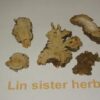
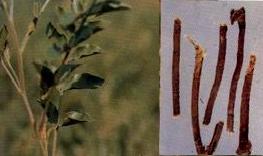
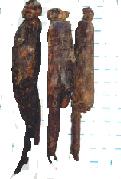
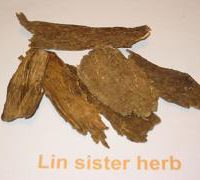
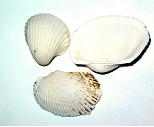
Reviews
There are no reviews yet.